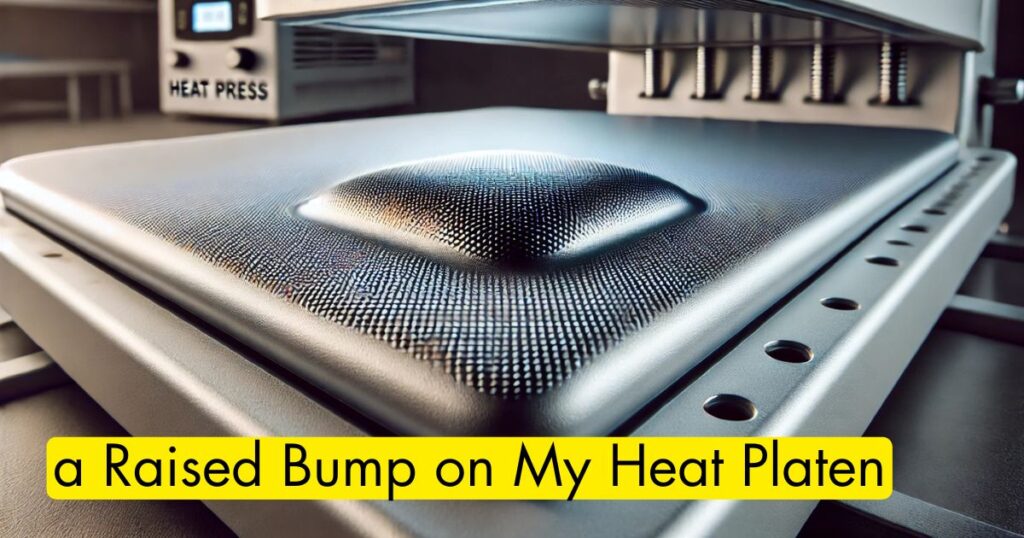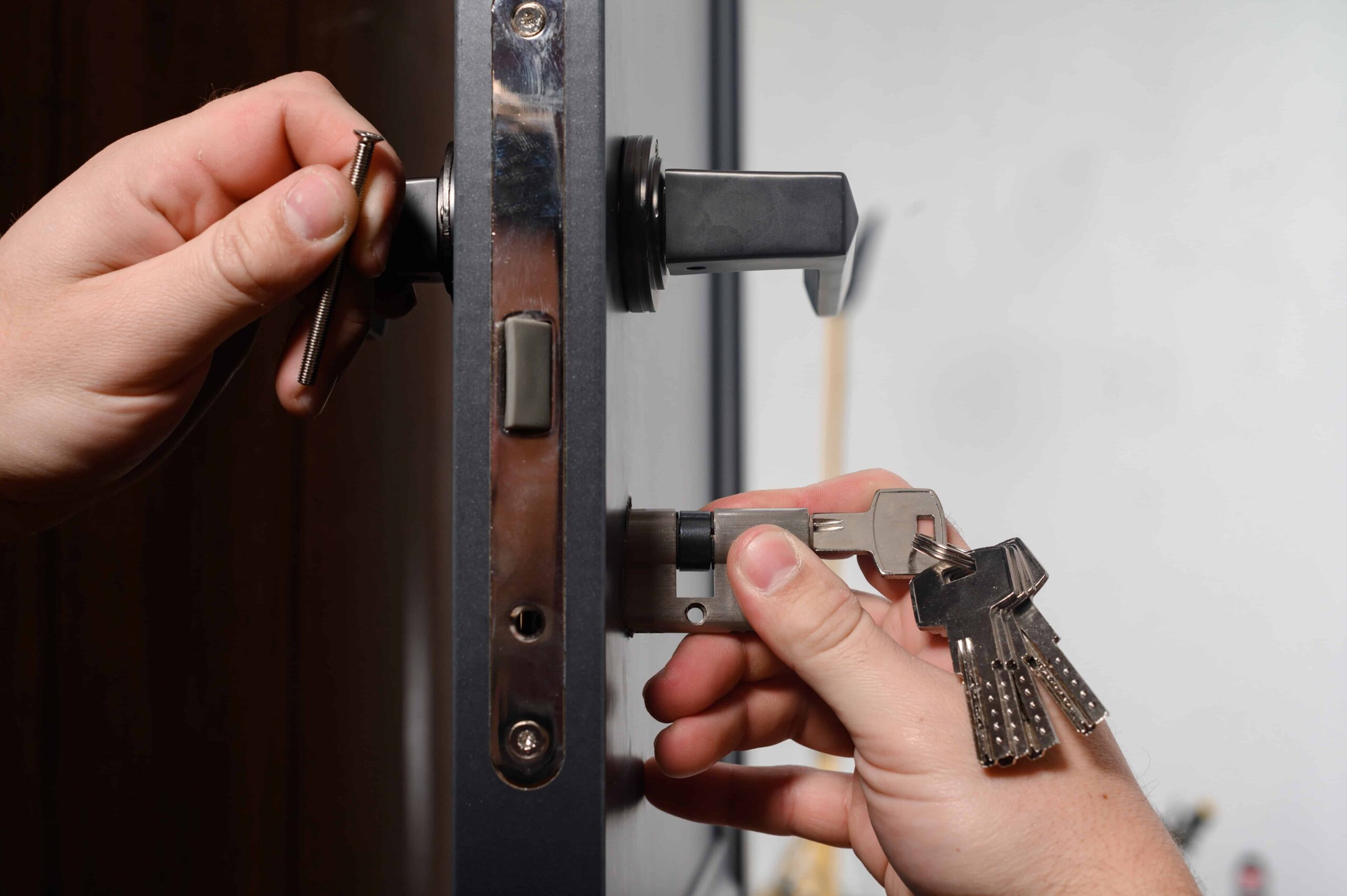Heat press machines are indispensable tools for creating custom apparel and other products. However, like any equipment, they are not immune to problems. One of the most common issues users encounter is “a raised bump on my heat press platen.” This seemingly small issue can have a significant impact on the quality of your prints, leading to uneven pressure and inconsistent results. In this article, we will explore the causes of this problem, its implications, and detailed steps to resolve it.
Understanding the Problem: What Causes a Raised Bump on the Heat Press Platen?
The platen, the flat metal plate in your heat press, is designed to provide even pressure and consistent heat distribution. A raised bump on the platen can disrupt this balance, resulting in subpar transfers. Here are some common causes of a raised bump:
- Debris and Residue:
Over time, adhesives, ink, or lint may accumulate on the platen, causing irregularities on the surface. Even small particles can create bumps when pressure is applied. - Warping from Overheating:
Excessive heat can cause the platen to warp, leading to a raised section. This is common if the machine is left on for prolonged periods without proper temperature regulation. - Damaged or Worn Insulation Pads:
The insulation pad beneath the platen can wear out or shift, creating an uneven surface. If the pad develops tears or bubbles, it may lead to a noticeable bump. - Manufacturing Defects:
Occasionally, the platen itself might have imperfections due to manufacturing flaws. These issues may not be evident initially but become noticeable over time. - Improper Maintenance:
Regular cleaning and maintenance are essential for heat press machines. Neglecting this can allow problems like raised bumps to go unnoticed until they impact your work.
Why You Should Address the Issue Immediately
Ignoring a raised bump on your heat press platen can lead to several problems that affect both your equipment and the quality of your work:
- Uneven Pressure:
A raised area disrupts the even pressure required for proper heat transfers, causing faded or patchy designs. - Damage to Materials:
The uneven surface can lead to creases, scorch marks, or damage to your garments or substrates. - Increased Costs:
Wasted materials and rework can quickly add up, impacting your bottom line. - Equipment Wear and Tear:
Prolonged use of a machine with a raised bump can exacerbate the problem and lead to more costly repairs.
Step-by-Step Guide to Fixing a Raised Bump on Your Heat Press Platen
Now that we understand the causes and implications, let’s dive into how you can resolve this issue. Follow these steps carefully:
1. Inspect the Platen
- Begin by turning off your heat press and allowing it to cool completely.
- Once cooled, visually inspect the platen for any visible debris, residue, or damage.
- Run your hand over the surface to feel for irregularities. If the bump is not easily visible, this can help locate the problem area.
2. Clean the Surface
- Use a soft cloth or sponge with a mild cleaning solution to wipe the platen. Avoid harsh chemicals, as they may damage the surface coating.
- For stubborn residue, consider using a heat press cleaner specifically designed for platens.
- Dry the surface thoroughly with a clean, lint-free cloth.
3. Check the Insulation Pad
- Remove the lower platen if your machine allows it and inspect the insulation pad underneath.
- Look for signs of wear, such as tears, bubbles, or uneven areas. If the pad is damaged, replace it with a new one compatible with your heat press model.
4. Test for Warping
- Place a straightedge (such as a ruler or level) across the platen to check for warping. If the platen is not flat, it may need professional repair or replacement.
5. Recalibrate the Machine
- After addressing any physical issues, recalibrate your heat press. Adjust the pressure and temperature settings to ensure they align with the manufacturer’s recommendations.
- Test the machine with a sample substrate to verify that the pressure and heat distribution are even.
6. Prevent Future Issues
- Regularly clean and inspect your heat press to prevent debris buildup and other issues.
- Avoid overheating the machine, and always turn it off when not in use.
- Invest in a heat-resistant cover sheet for the platen to protect it from ink, adhesive, and other contaminants.
When to Seek Professional Help
While many issues with a raised bump on your heat press platen can be resolved with DIY methods, some problems require professional assistance. If the platen is severely warped or the bump persists despite your efforts, contact the manufacturer or a certified technician. Attempting to fix complex issues on your own can sometimes worsen the problem.
Tips for Maintaining Your Heat Press Platen
Prevention is always better than cure. Here are some tips to maintain your platen and avoid future issues:
- Clean After Every Use:
Wipe down the platen after each session to remove residue and keep the surface smooth. - Monitor Temperature:
Use a reliable thermometer to ensure your machine operates within safe temperature ranges. - Inspect Regularly:
Schedule routine inspections to catch potential problems early. - Use Quality Materials:
Inferior transfer papers or adhesives can leave residue on the platen, so opt for high-quality supplies.
How to Identify the Severity of the Raised Bump
Before you can effectively fix a raised bump on your heat press platen, it’s important to determine the severity of the issue. Start by observing how the bump impacts your work. For example, does it cause small imperfections in prints, or are entire areas of your designs failing to transfer properly? Additionally, check whether the bump is stationary or seems to grow over time, which might indicate warping or internal damage. Identifying the extent of the problem helps you decide whether simple maintenance or professional intervention is necessary.
The Role of Proper Pressure in Heat Press Functionality
A raised bump directly interferes with one of the most crucial aspects of a heat press: even pressure distribution. Proper pressure ensures that heat transfers are clean, vibrant, and durable. If a raised bump disrupts the platen’s surface, it can create pressure imbalances, leading to uneven transfers. In extreme cases, this might damage your substrates or render your final products unusable. Understanding the relationship between pressure and quality will emphasize why addressing a raised bump is so essential.
The Impact of Temperature Fluctuations on the Platen
Temperature fluctuations are another factor that can contribute to a raised bump. Heat presses are designed to operate within specific temperature ranges, but prolonged exposure to excessive heat can cause the platen to expand, warp, or develop imperfections. Overheating often occurs when the machine is left on for too long or set to unnecessarily high temperatures. If you suspect temperature fluctuations are the cause, consider monitoring your heat press with a temperature gun or infrared thermometer to ensure consistent heat distribution.
Signs It’s Time to Replace the Heat Press Platen
While many raised bumps can be resolved with cleaning or adjustments, there are situations where the platen itself may need replacement. Persistent warping, cracks, or irreparable surface damage are clear indicators. Additionally, if the bump consistently returns after attempted fixes, it may be a sign of internal damage or manufacturing defects. Replacing the platen can be a cost-effective solution compared to dealing with repeated production failures. Always consult your manufacturer for compatible replacement parts.
How to Choose Quality Replacement Parts
When replacing parts like insulation pads or platens, the quality of the replacement components is critical. Opt for genuine parts from the heat press manufacturer to ensure compatibility and durability. Third-party components may seem cheaper but could lead to further issues down the line. Additionally, ensure that the replacement parts are rated for the heat and pressure requirements of your specific machine. Investing in high-quality replacements can save time and money in the long run.
Best Practices for Long-Term Heat Press Maintenance
To prevent future issues like a raised bump, establish a routine maintenance schedule. Clean the platen after every session using approved cleaning products. Check the insulation pad and platen surface regularly for signs of wear or damage. Additionally, calibrate your machine periodically to ensure the pressure and temperature settings are accurate. Proper storage is equally important—cover your heat press when not in use to protect it from dust and debris. By incorporating these practices, you can maintain your machine’s performance and extend its lifespan.
Conclusion
A raised bump on your heat press platen may seem like a minor inconvenience, but it can significantly impact the quality of your work if left unaddressed. By understanding the causes and following the steps outlined in this guide, you can resolve the issue and ensure your heat press operates at peak efficiency. Regular maintenance and care will not only prevent future problems but also extend the lifespan of your machine. Take action today to restore your platen to its smooth, even surface and continue creating flawless transfers.










